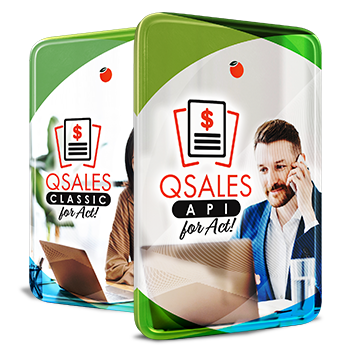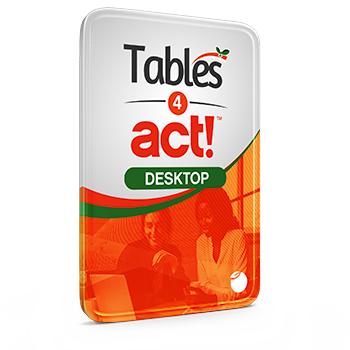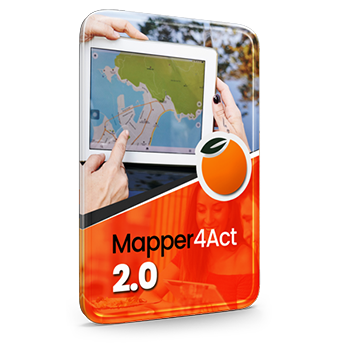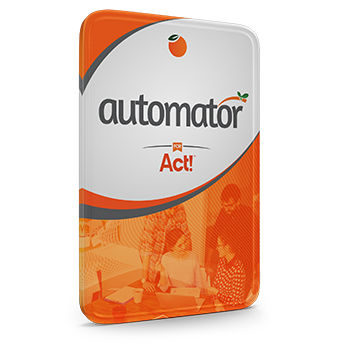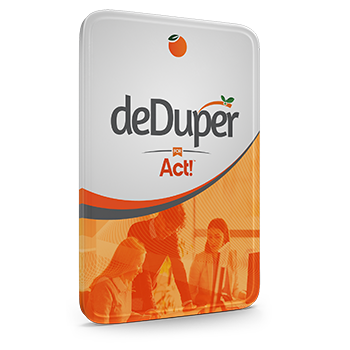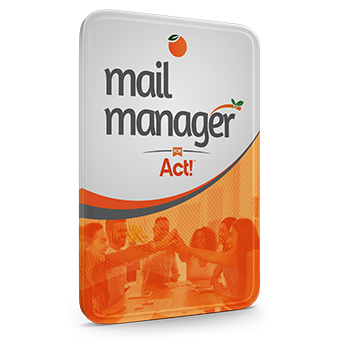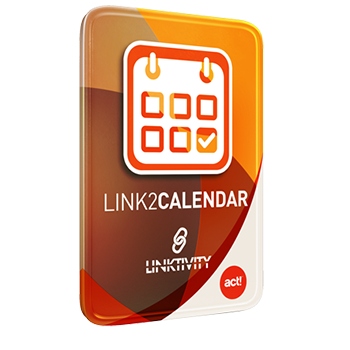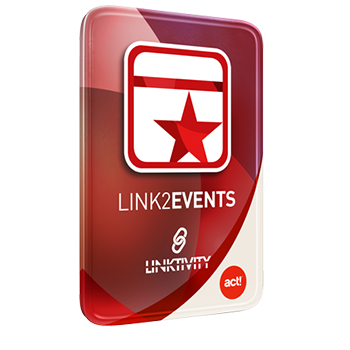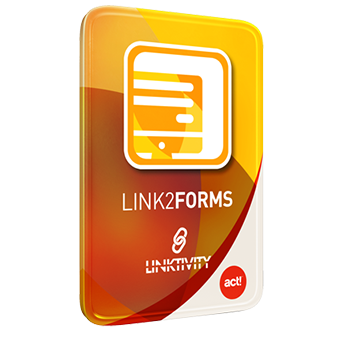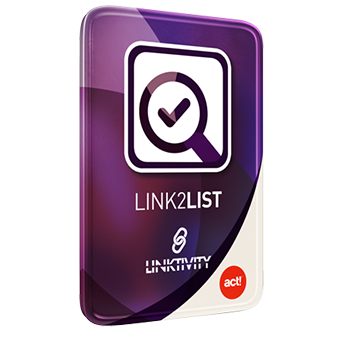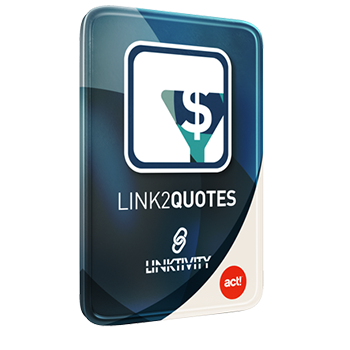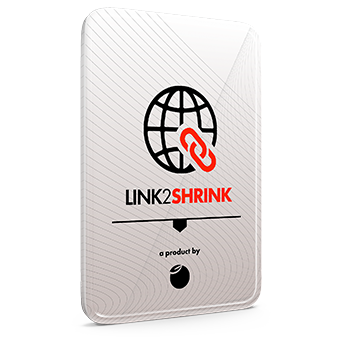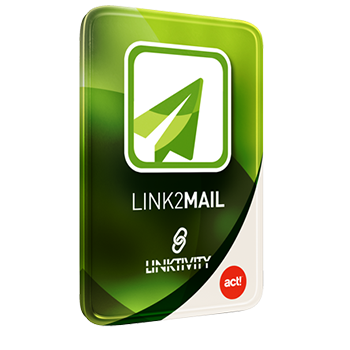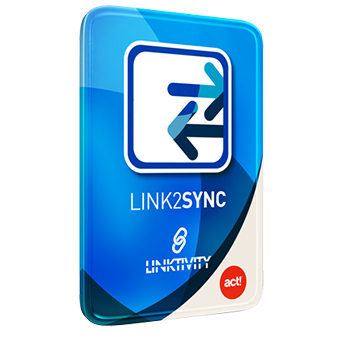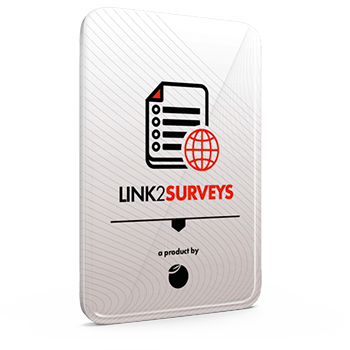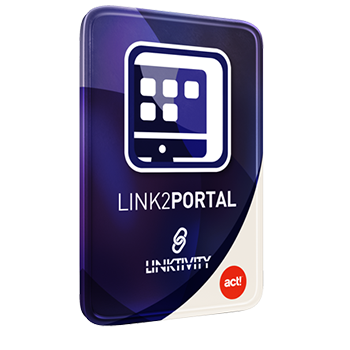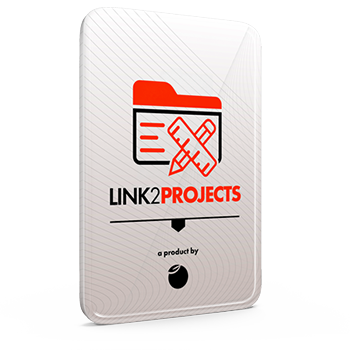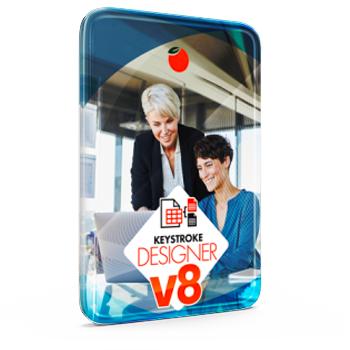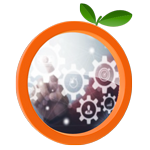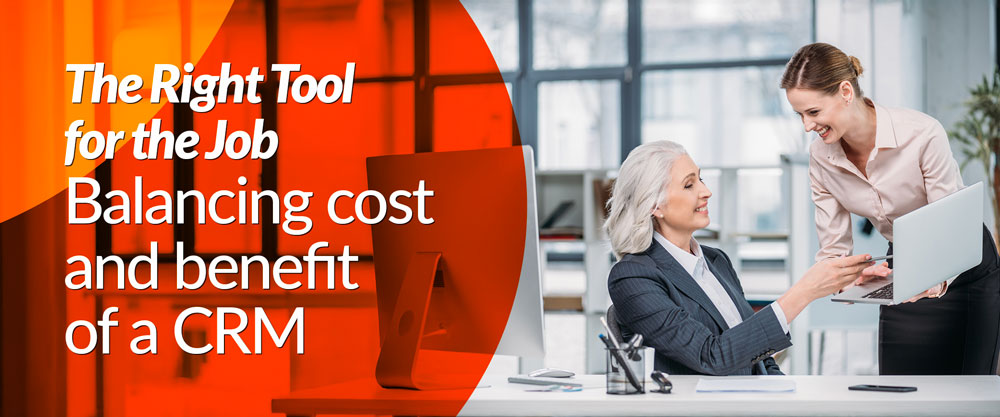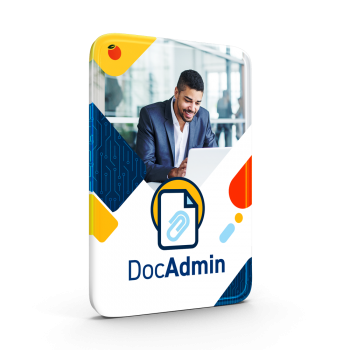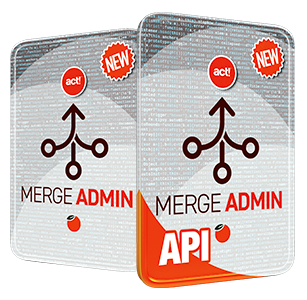When it comes to selecting software for your business, the decision can feel overwhelming, especially with the variety of options available. From customer relationship management (CRM) systems to project management tools, it’s essential to choose the right software and the appropriate tier to fit your needs. By understanding your business requirements and aligning them with the features offered, you can ensure your investment is both cost-effective and impactful.
Understanding Your Business Needs
The first step in choosing the right software is understanding what your business truly needs. Before diving into the features and pricing, take time to assess your current processes and challenges. Are you looking for something to simply manage contacts and track tasks, or do you need a more robust solution that can handle sales pipelines, marketing automation, and customer service support?
For example, if your main priority is managing leads and customer relationships, you may need a CRM with features like a centralized task list, email tracking, and contact management. On the other hand, if you are aiming to scale and need a more comprehensive solution, it might make sense to invest in a tier that offers automation, detailed analytics, and multi-department integration.
Understanding these key business functions will guide you toward the right software solution. It’s crucial to think long-term—what works for your business now may not be sufficient as your company grows. Choosing software with scalability in mind ensures that it can grow with you, adapting to your needs over time.
Choosing the Right Tier and Features
Once you’ve identified your needs, the next step is to choose the right software tier that aligns with your business requirements. Most software solutions offer different tiers or plans, each with its own set of features designed for different business sizes and needs. The key is to match the right tier with the value it will provide to your company.
Start by evaluating the core features you need. For example, if your business is small and just starting to use a CRM, a basic plan might be sufficient to organize contacts and schedule follow-ups. However, if your business is more established and requires advanced reporting, marketing automation, and integration with other systems, you’ll likely need a higher-tier plan that provides these advanced capabilities.
In addition to the features, consider the number of users and the level of support you’ll need. Lower-tier plans often have limitations on the number of users, integrations, and customization options, while higher-tier plans offer more flexibility and personalized support. Be sure to assess your business’s growth potential—investing in a plan that can scale with your company is often a more cost-effective choice in the long run.
Another factor to consider is the cost. While it’s tempting to opt for the least expensive option, it’s important to think about the long-term benefits of the features provided. A plan with more advanced functionality may have a higher upfront cost, but it could save your business time and resources by automating processes and streamlining workflows.
In conclusion, choosing the right software and tier is about finding the balance between features, cost, and long-term value. By understanding your business needs and carefully evaluating the available options, you can make an informed decision that ensures your software investment aligns with your business goals and supports growth.
Related Links:
 CRM vs spreadsheets: Which is right for your business?
CRM vs spreadsheets: Which is right for your business?
 Six simple tips to protect yourself from phishing scams
Six simple tips to protect yourself from phishing scams
 Nine Time-Management Tips for Business Owners
Nine Time-Management Tips for Business Owners
 Why Americans Don't Pay Tariffs on Software Purchased from Canadian Resellers
Why Americans Don't Pay Tariffs on Software Purchased from Canadian Resellers

